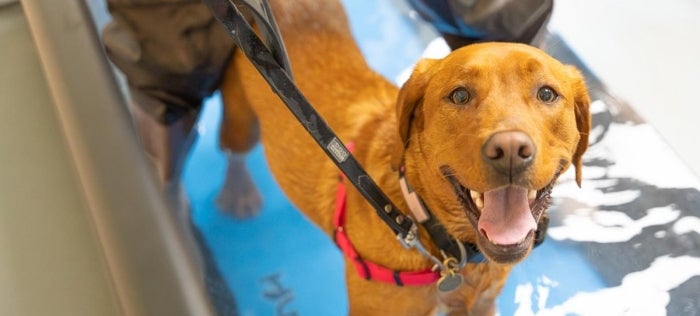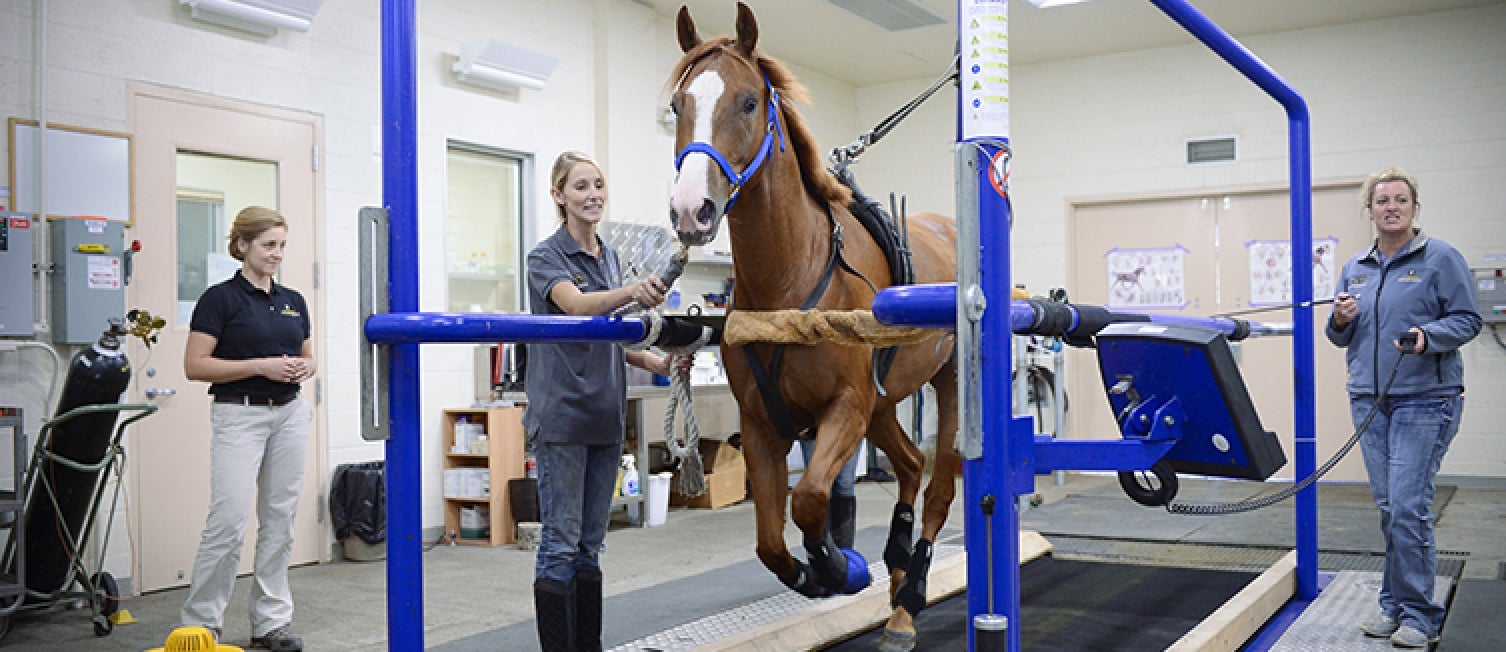
Best in show
Optimizing equine health with high-tech care
January 3, 2022—A PET scanner that was used to image the human brain has been modified to work on a horse’s leg. Treatments for horses such as stem cells for joint disease have been applied to other species, including humans. These are just a few of the many innovations that will be located at the new Equine Performance and Rehabilitation Center (EPRC).
The School of Veterinary Medicine has been working to bring this facility to life as part of the Veterinary Medical Center campaign. Work there will transform equine services with state-of-the art facilities such as a new arena and gait analysis capability for lameness evaluation.

“The idea of the Equine Performance Center is to have one place where all the high-end equipment and all the experts are under the same roof, working together,” said Dr. Mathieu Spriet, the radiologist leading the equine PET development at UC Davis. “As our caseload has majorly expanded, there’s definitely a need for more space and updated equipment.”
The new center will also provide a safe space for people to ride their horses so experts can take a close look at performance issues. Dr. Larry Galuppo, D.V.M., Diplomate AVCS and professor of the Equine Lameness and Surgery Service, said observing horses in motion with their rider is important to evaluate subtle performance issues, figure out preventative measures, as well as help make recommendations for rehabilitation programs and appropriate therapies.
“With the Equine Performance Center, we can actually move to the next level of specialized diagnostics and treatments,” Galuppo said. “Together, we’re ensuring a safer and stronger future for horses, people and eventually other species with performance related issues.”
The unique One Health approach
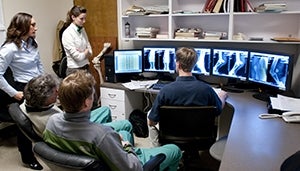
The School of Veterinary Medicine doesn’t just care for animals; experts collaborate with the medical school, industry and colleagues to follow the One Health approach, a comprehensive method of research and care. One Health was coined at UC Davis by the late Dr. Calvin Schwabe—who was known as the father of epidemiology—in his 1984 book, Veterinary Medicine and Human Health.
“We have a strong veterinary community on campus but what makes us even stronger is our connection with other colleges, in particular, bioengineering,” Spriet said. “Collaborating with other experts has brought the Vet Med School opportunities to work with outside companies like Brain Biosciences, a brain imaging device company.”
Many veterinarians at UC Davis have translated their research on animals to humans such as Galuppo’s work on equine orthopedics, which has been applied towards regenerative medicine and sports medicine over the last 25 years.
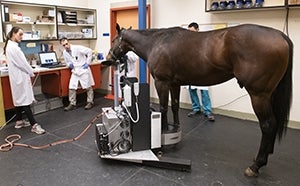
“Everything we’re doing at the vet school will have direct translation to people with orthopedic issues and especially to human athletes,” Galuppo said. “For example, the stem cell treatment we use for horses is now used in humans to treat joint disease.”
Dr. Susan Stover, director of the J.D. Wheat Veterinary Orthopedic Research Laboratory, has been working on musculoskeletal injuries in racehorses for more than 30 years and understands how injuries develop, the risk factors and how to prevent them in the future.
“The neat thing about California is that the veterinary school, the industry and regulatory agencies work well together, so that allows for research at UC Davis to be implemented directly to patient care,” Stover said.
Focus on rehabilitation
Rehabilitation services will be a central feature of the EPRC, with the goal of keeping equine athletes at their healthiest. The center will offer care both to horses that have lost strength due to injury or surgery, and to those taking their athletic training to the next level.
A key piece of technology for identifying injuries and rehabilitating horses is the latest standing PET scanner, the MILEPET, which uses an innovative equine imaging technique requiring only standing sedation for horses undergoing evaluation.
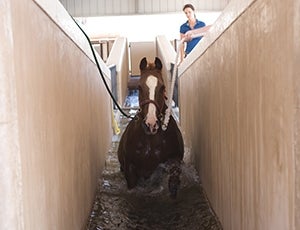
“The PET scanner is absolutely a game changer,” Stover said. “Its extreme sensitivity for, and pinpoint localization of, early bone changes in response to microscopic damage allows for early identification and treatment of affected horses, preventing catastrophic injuries and enabling rehabilitation and return to performance.”
Other services for rehabilitation will include an underwater treadmill, vibration therapy and acupuncture.
In addition, the School of Veterinary Medicine plans to offer new residency opportunities to train specialists in sports medicine and rehabilitation, ensuring that the expertise developed will benefit equine health far and wide. Spriet noted that there is no place like UC Davis—both for horses and the people who care for them.
“We all work together, exchange ideas and collaborate to offer the best care for all species,” Spriet said.


